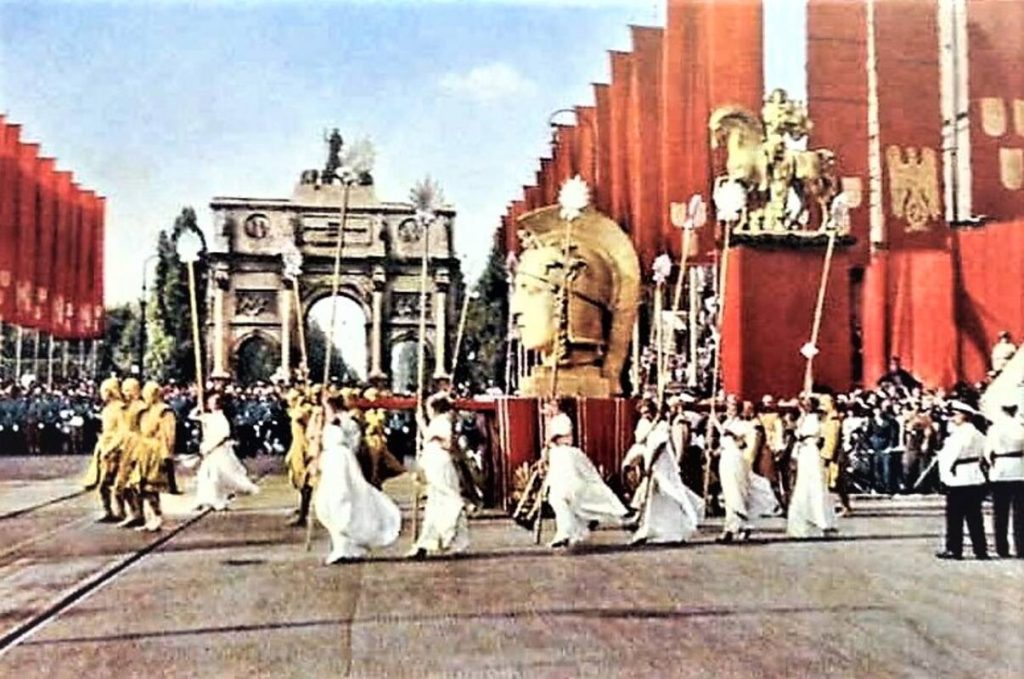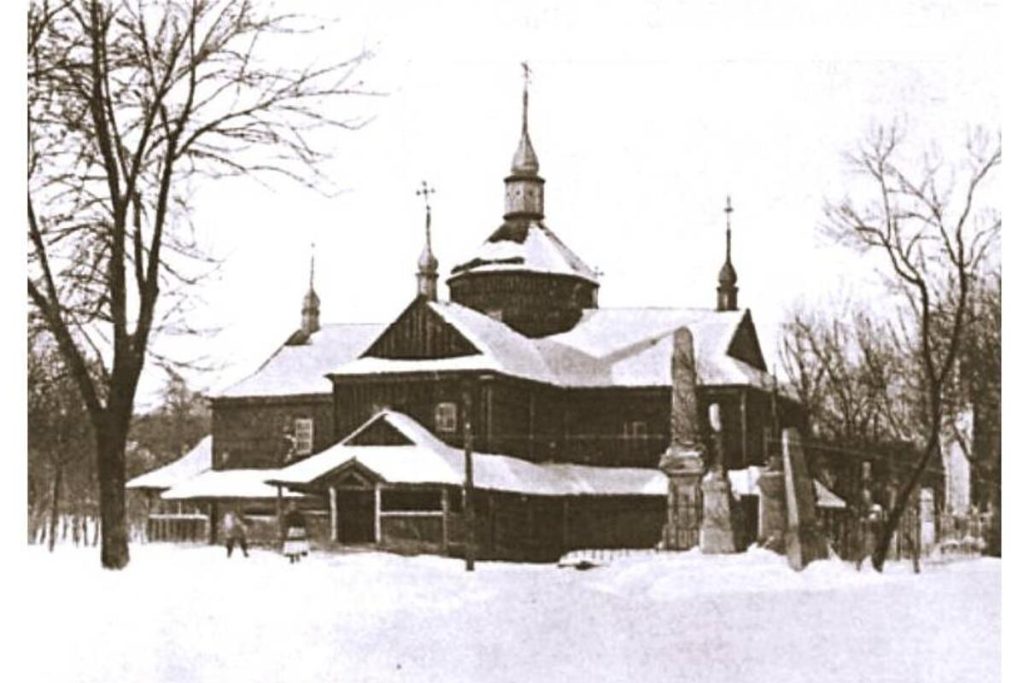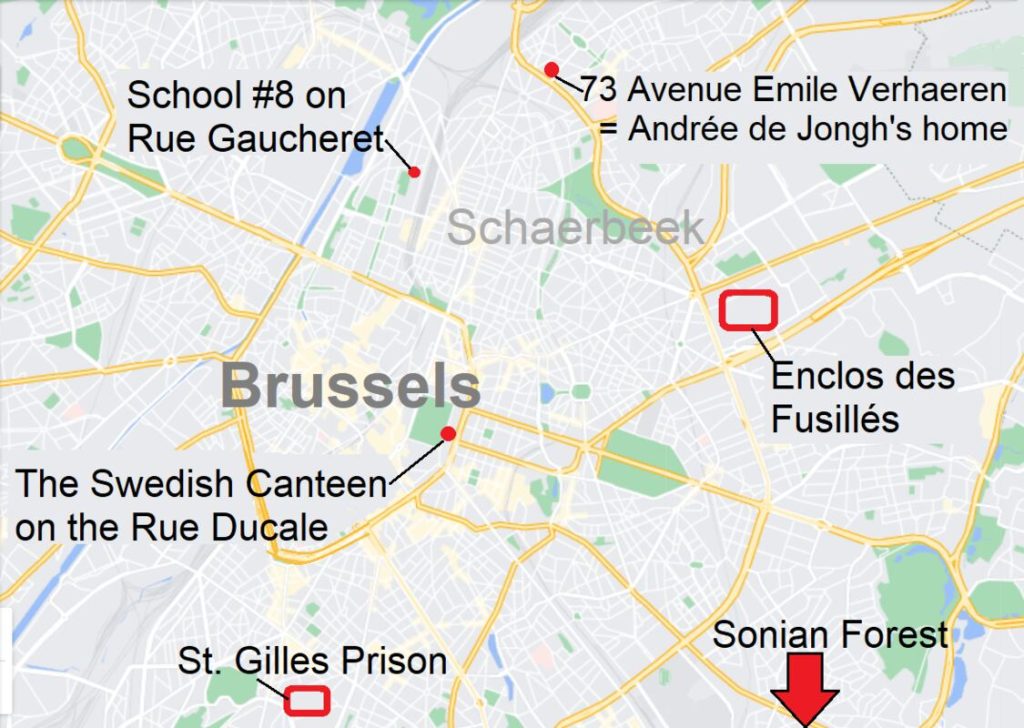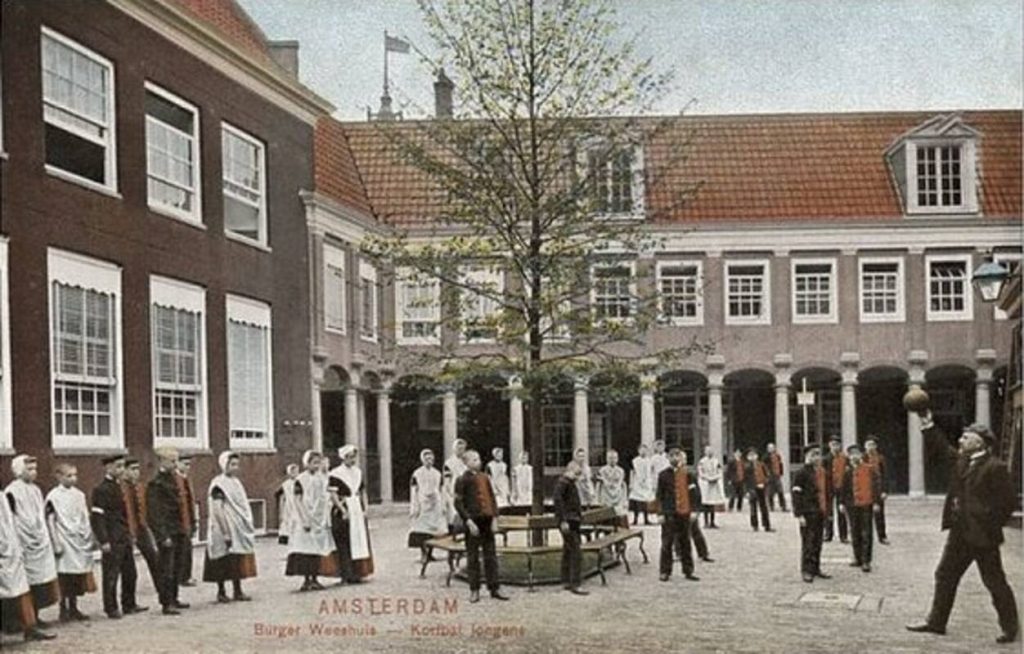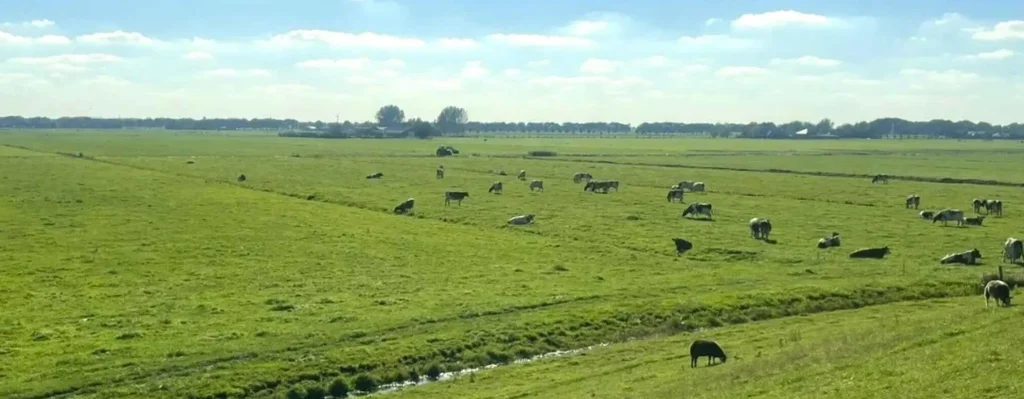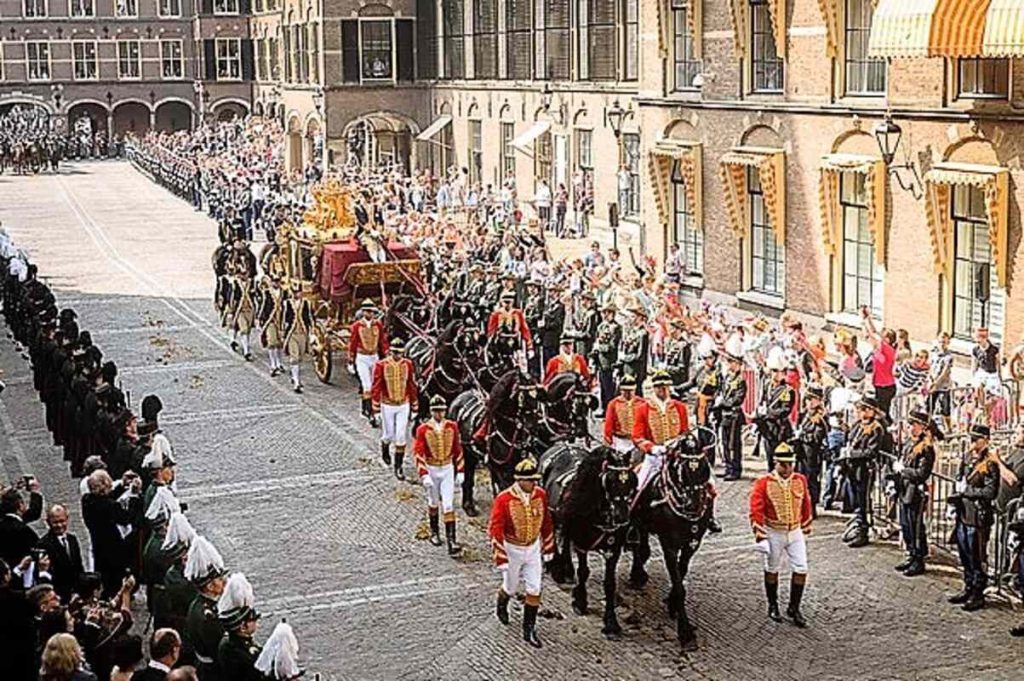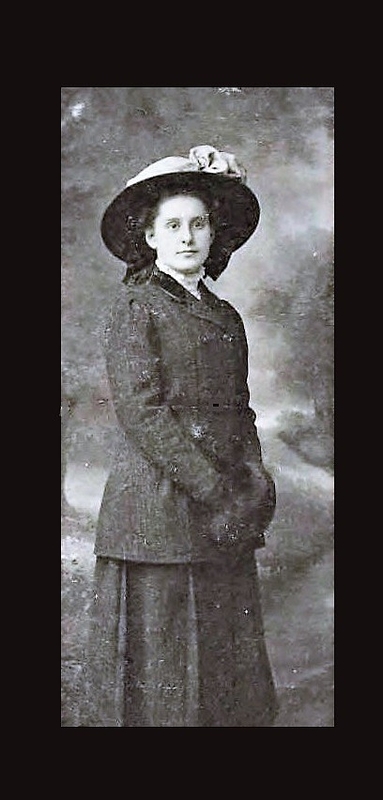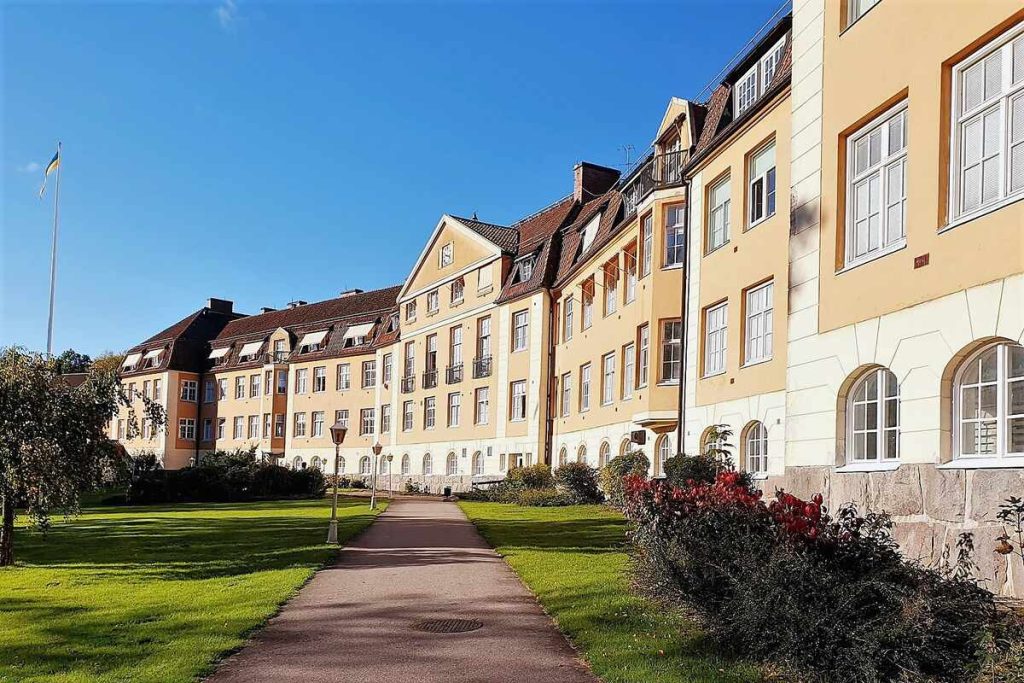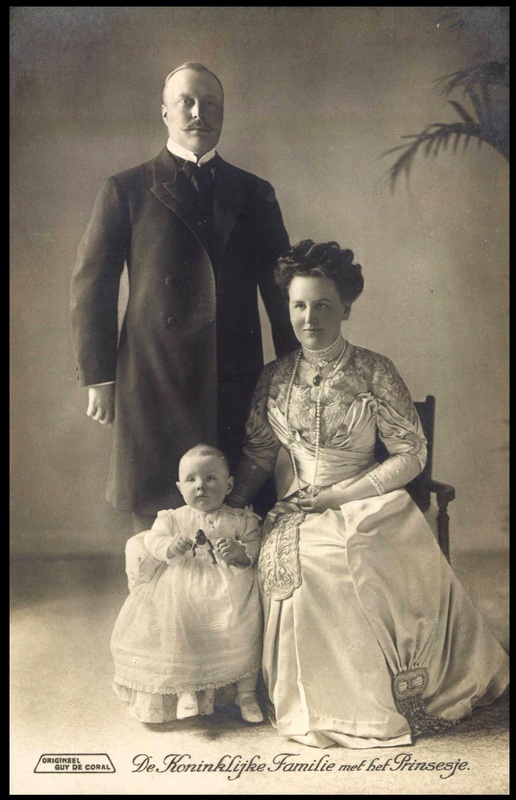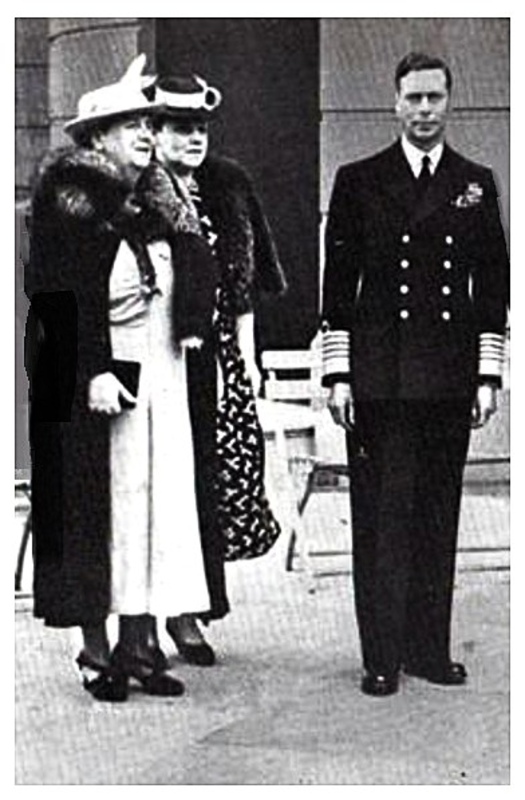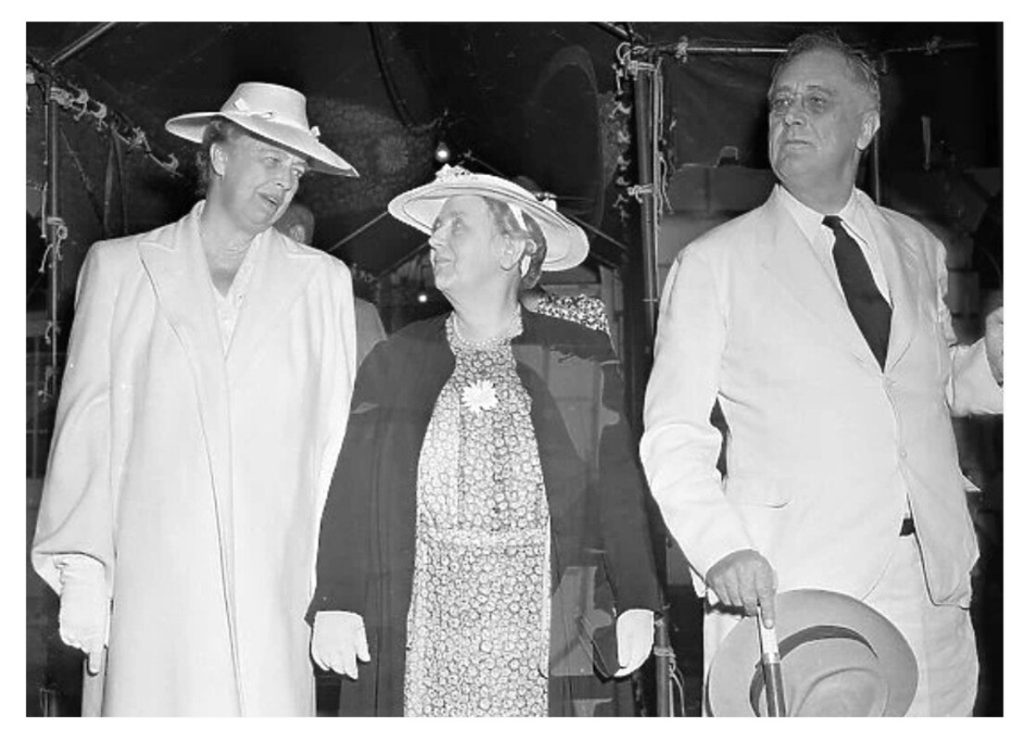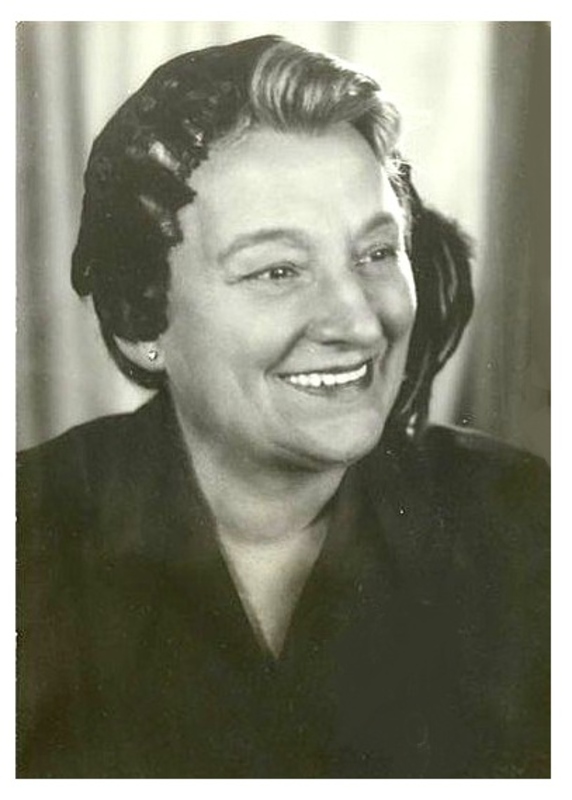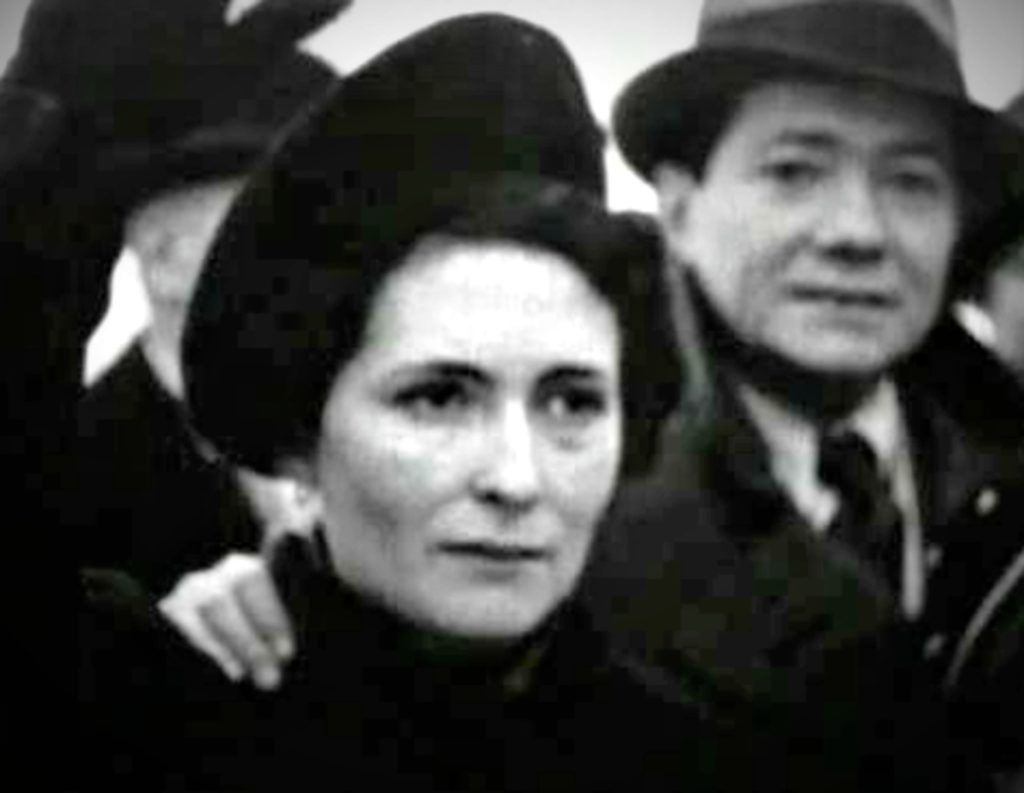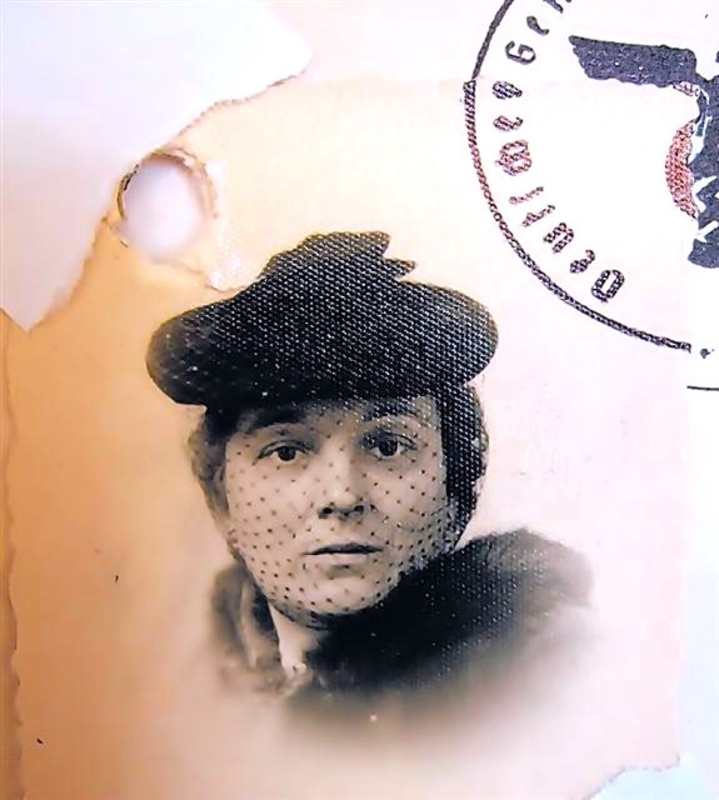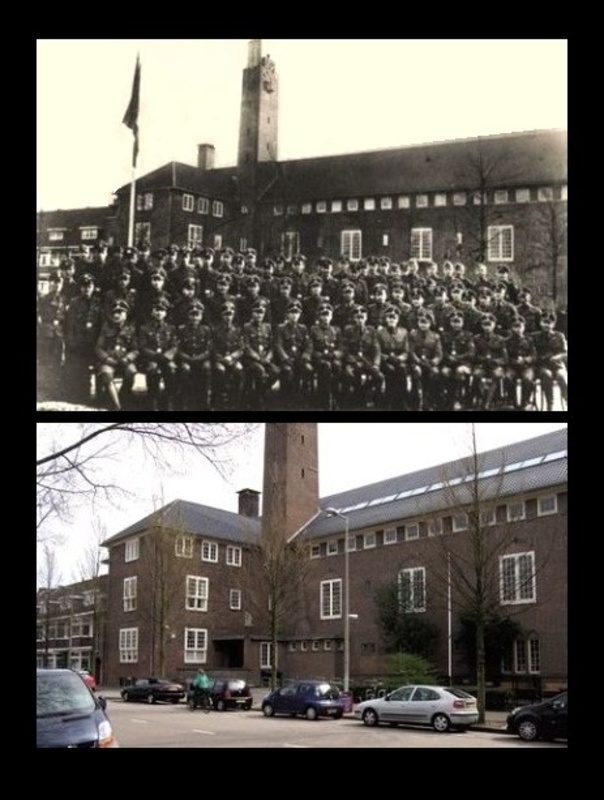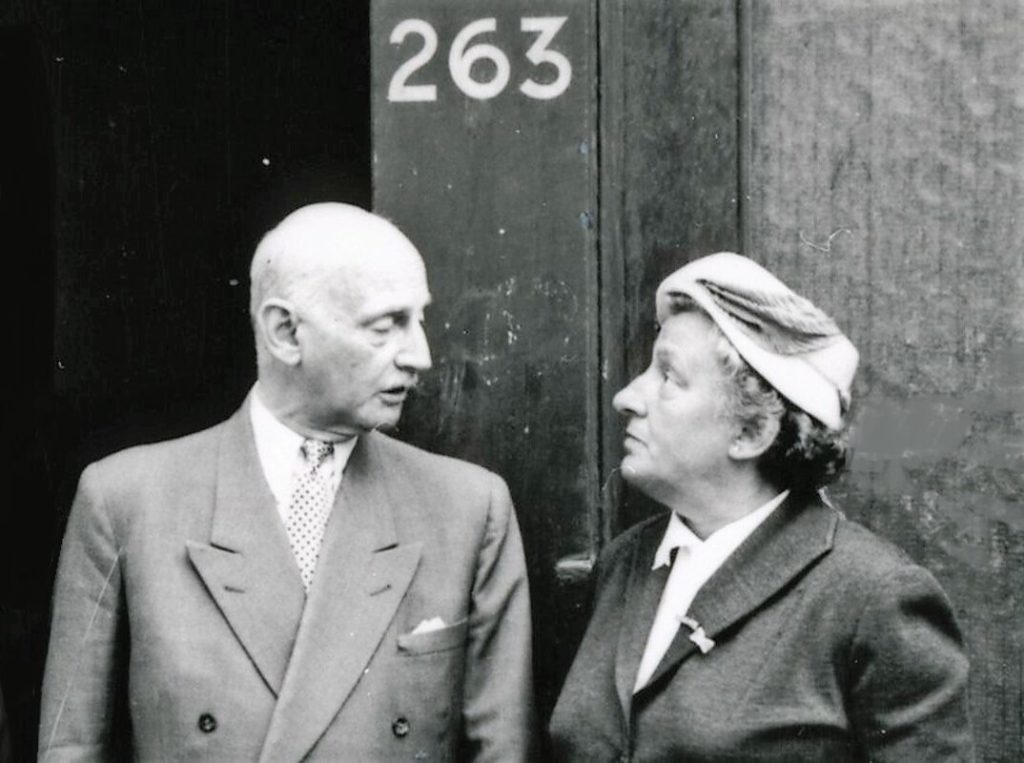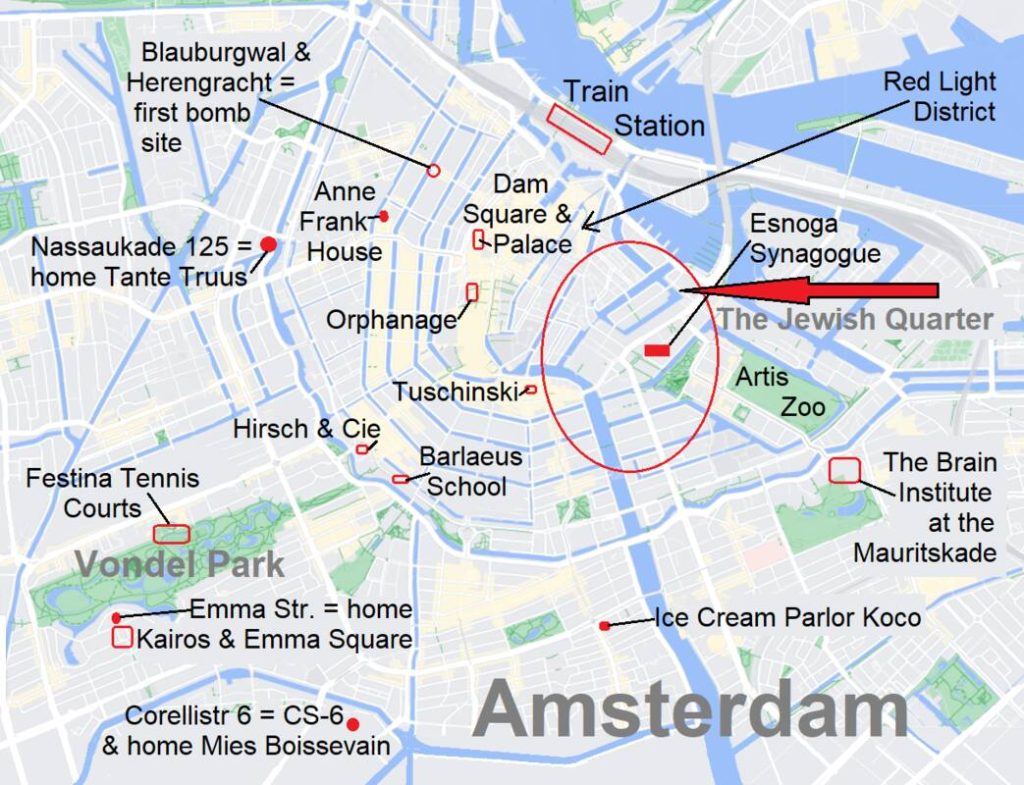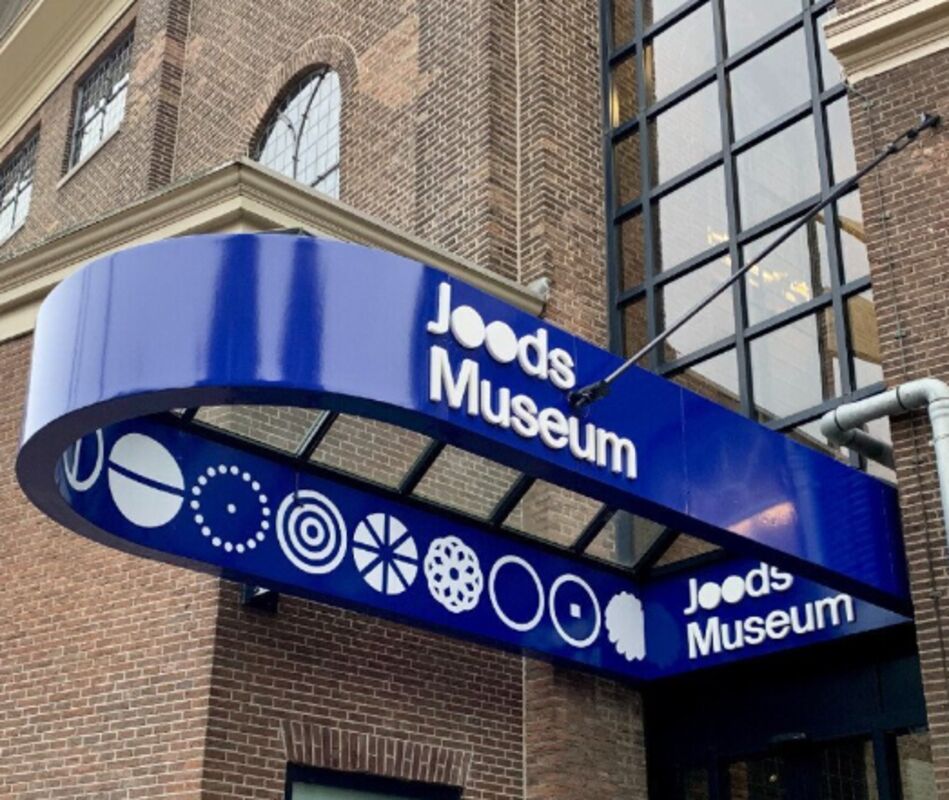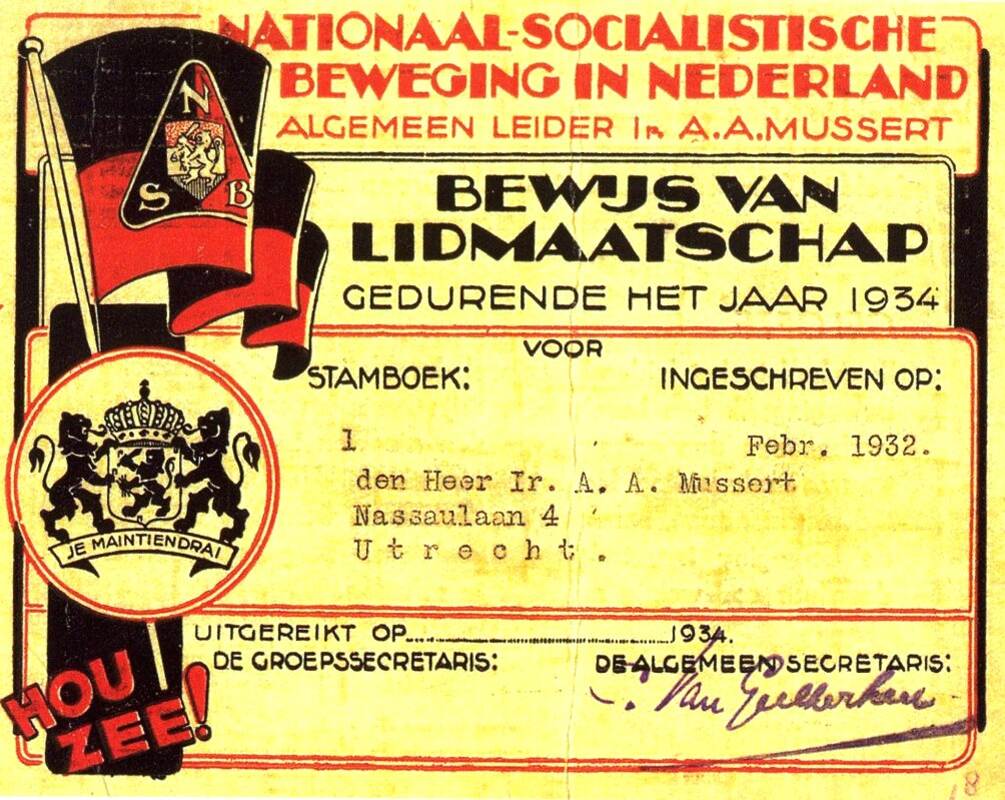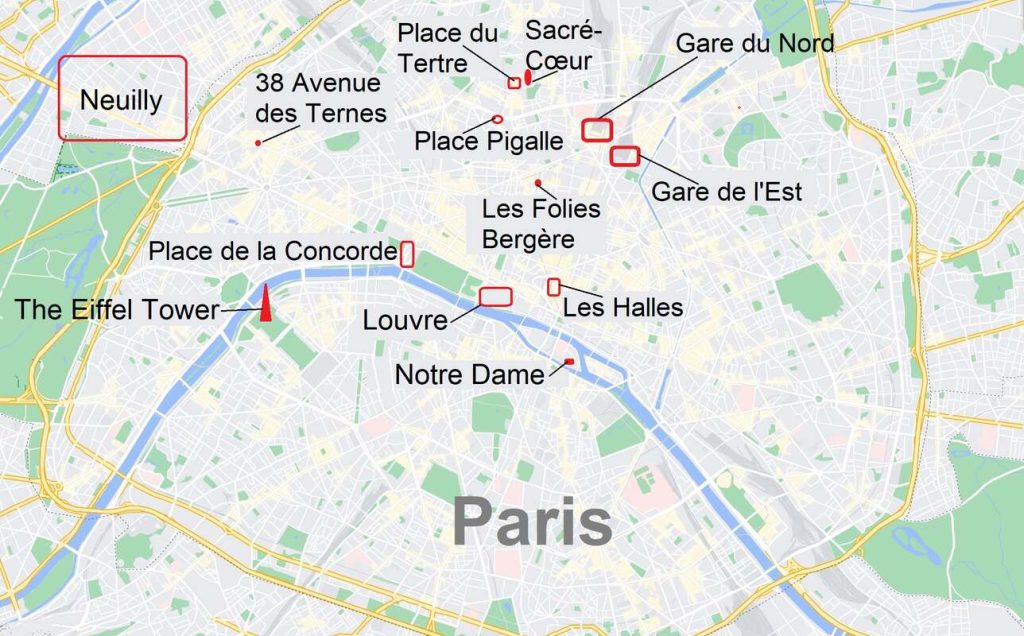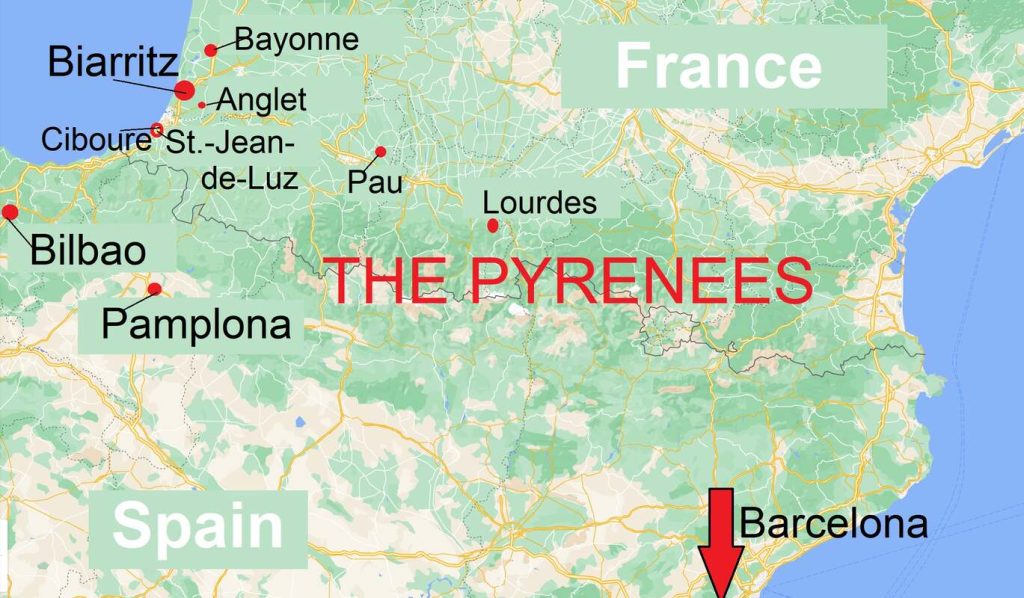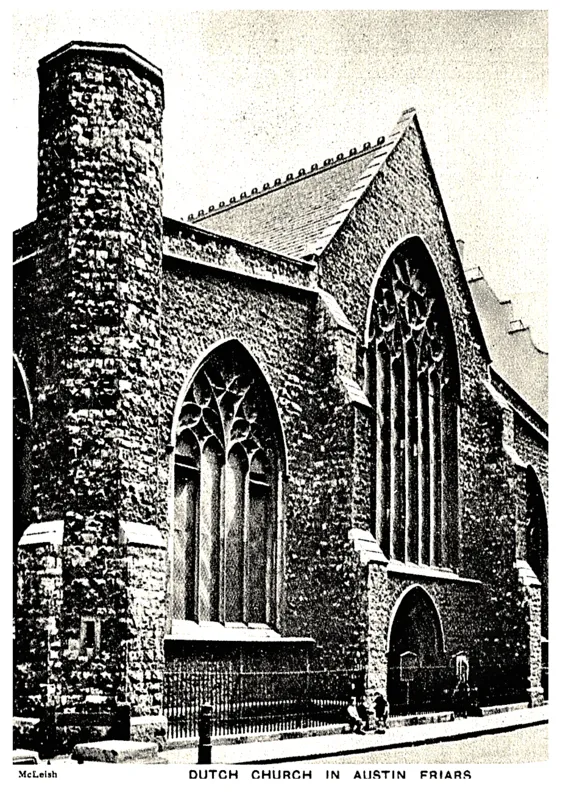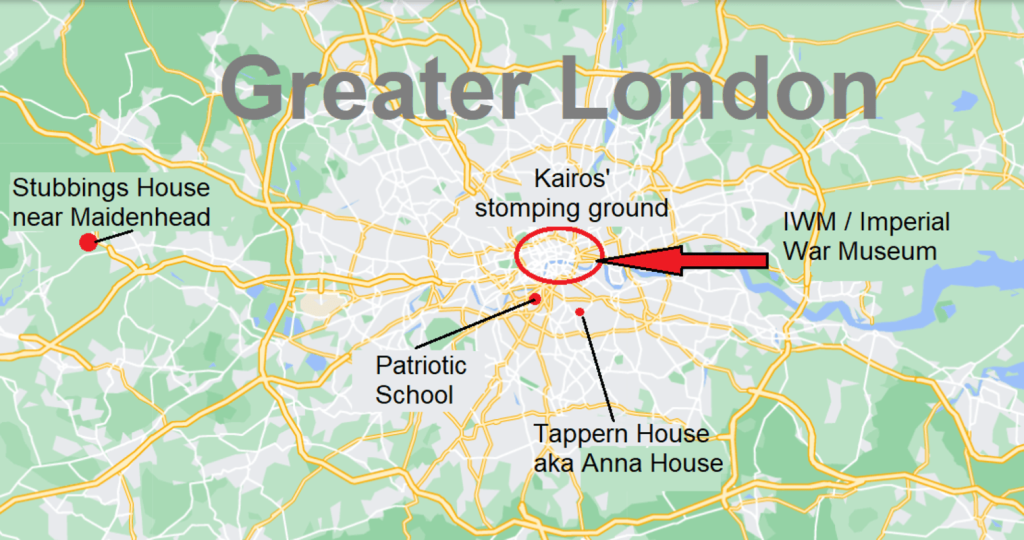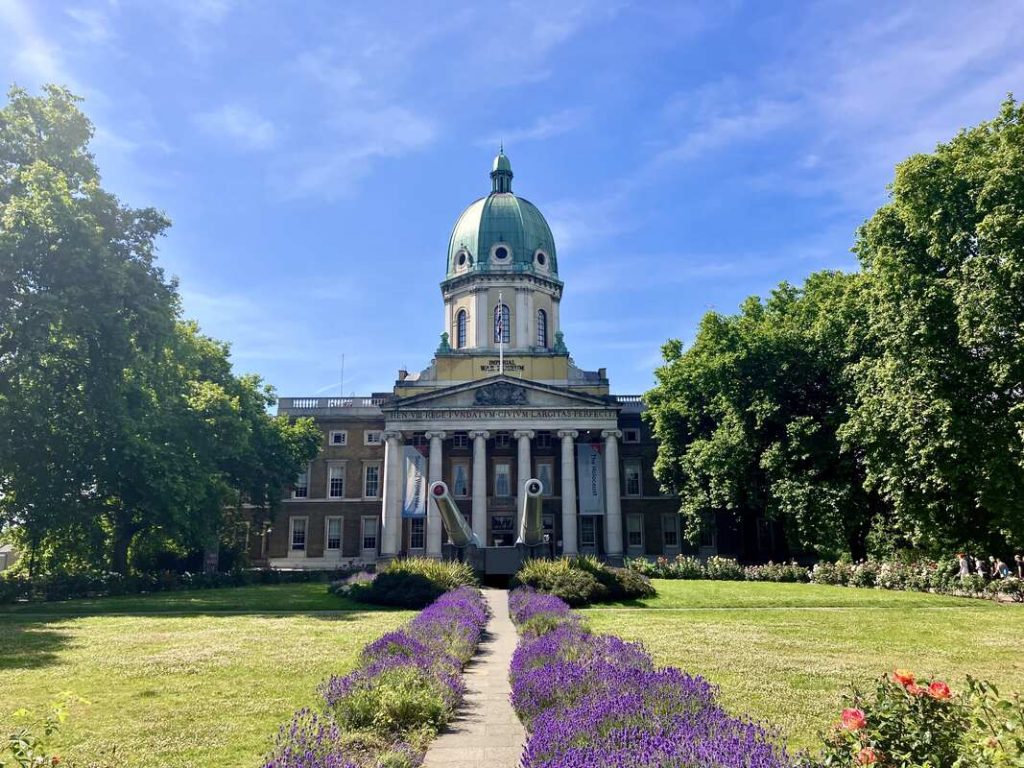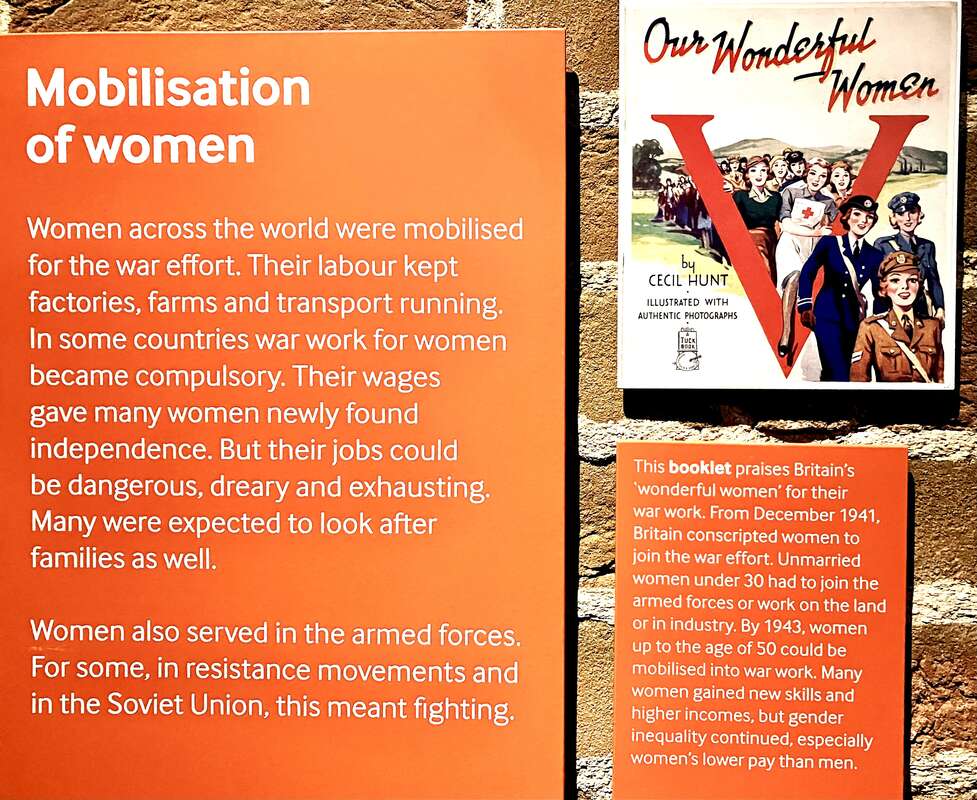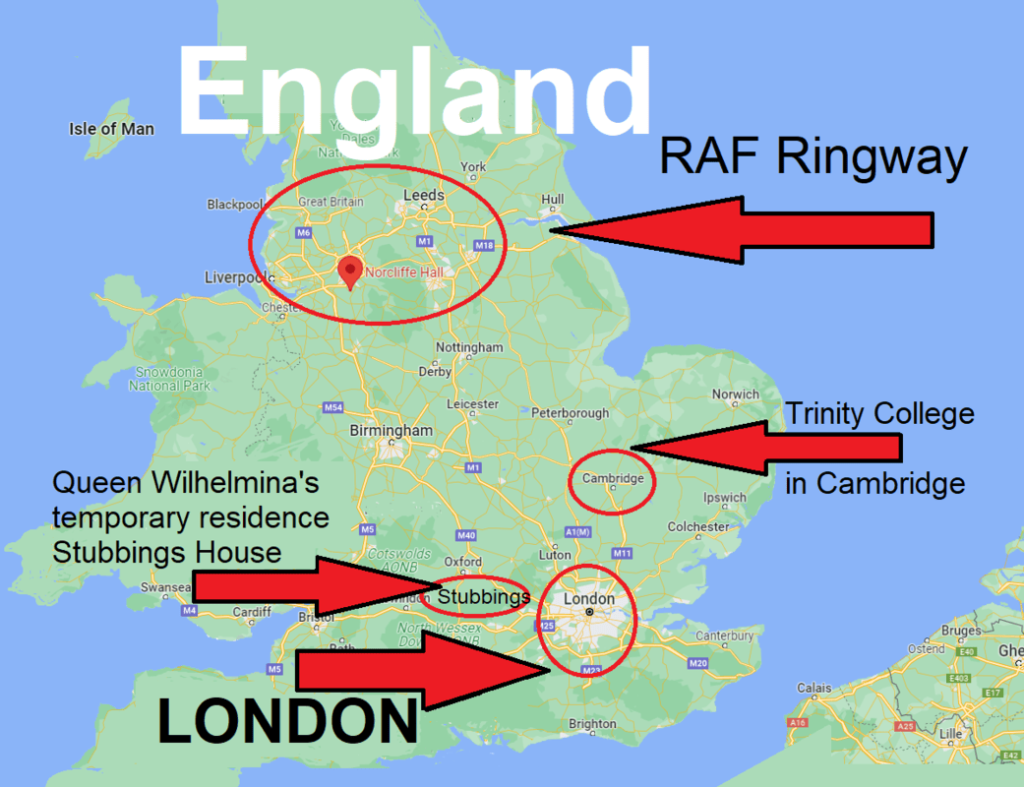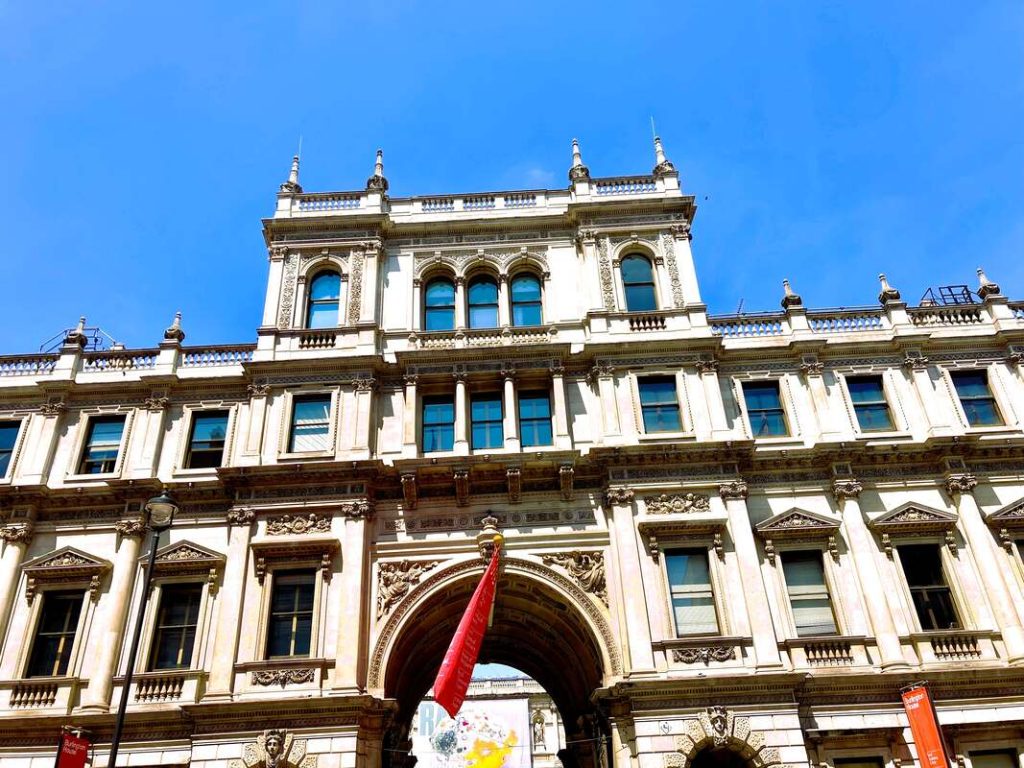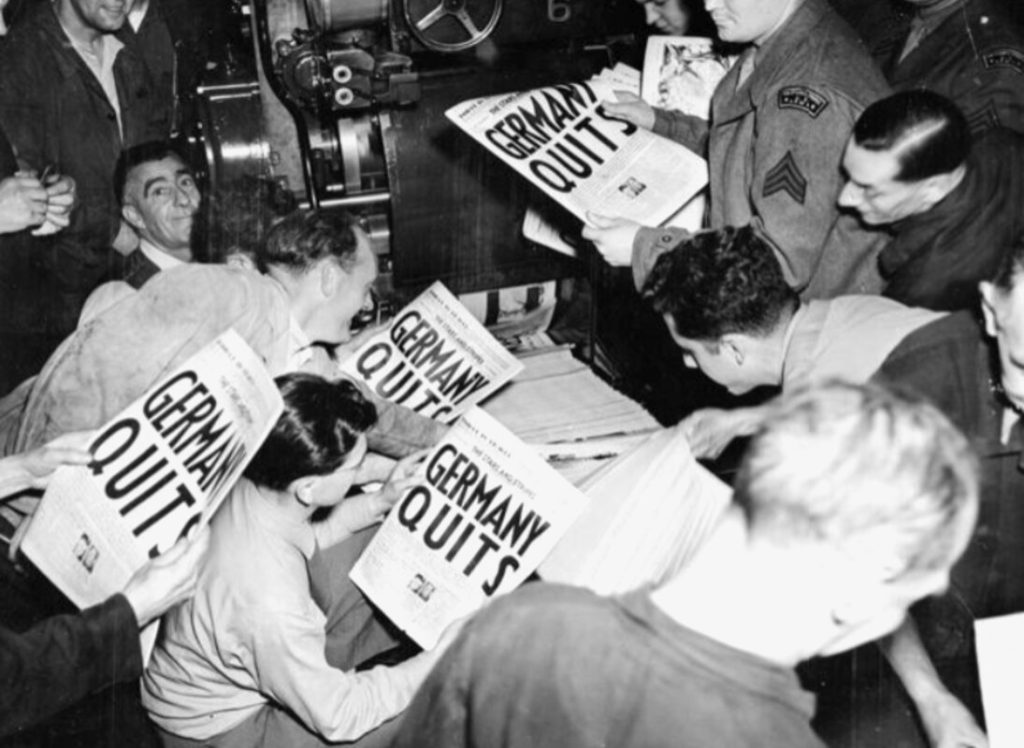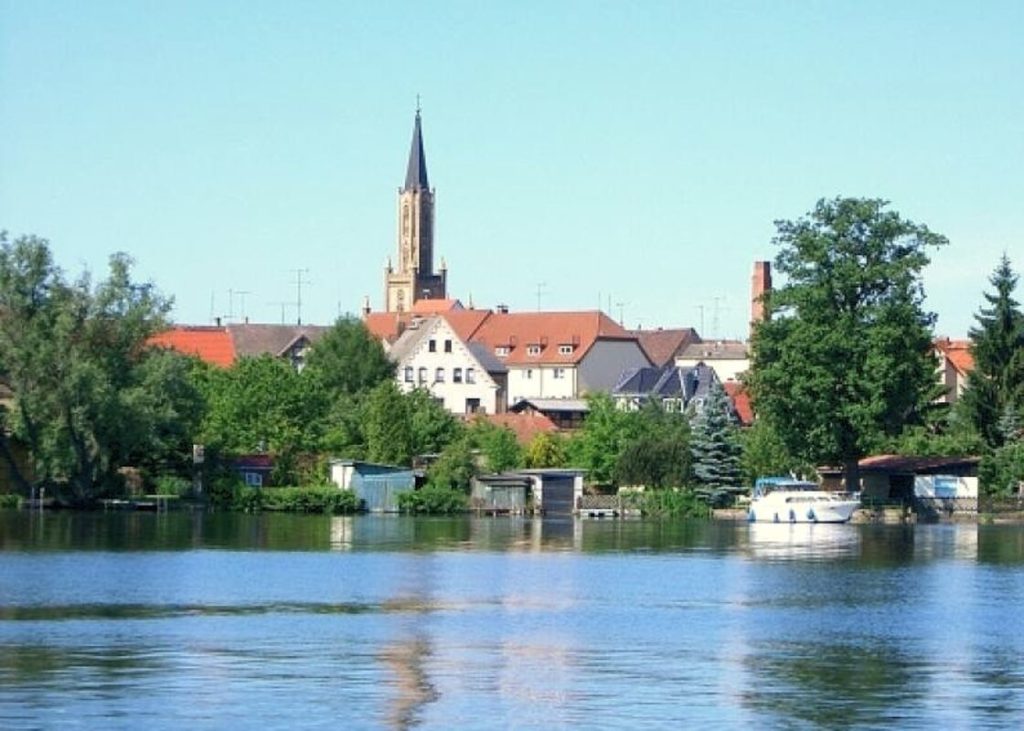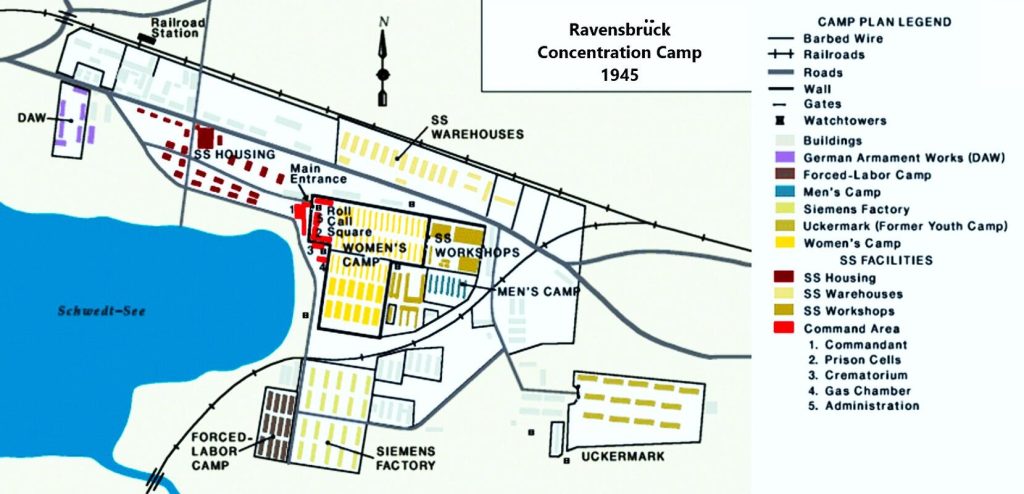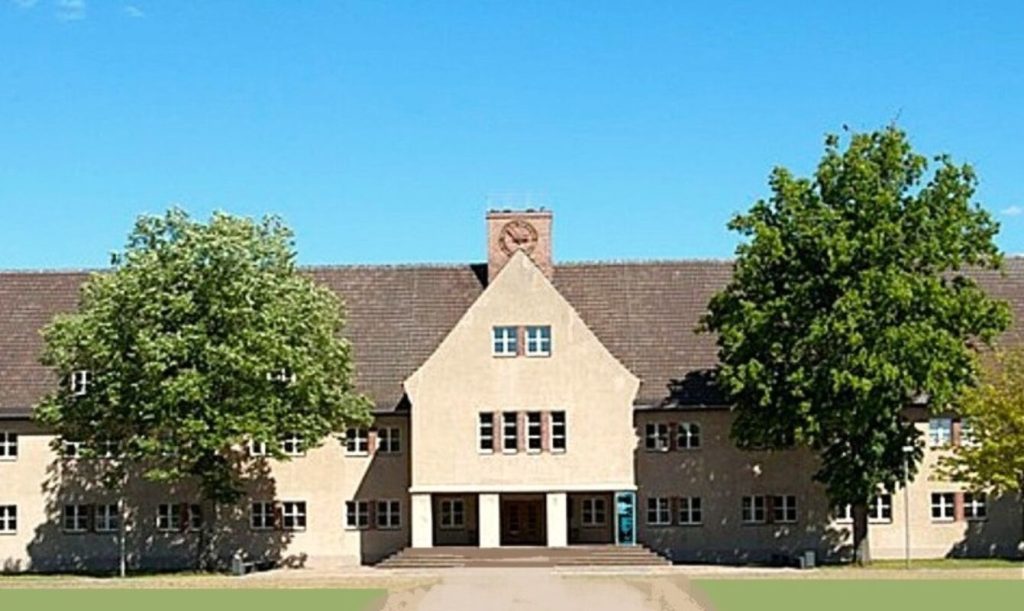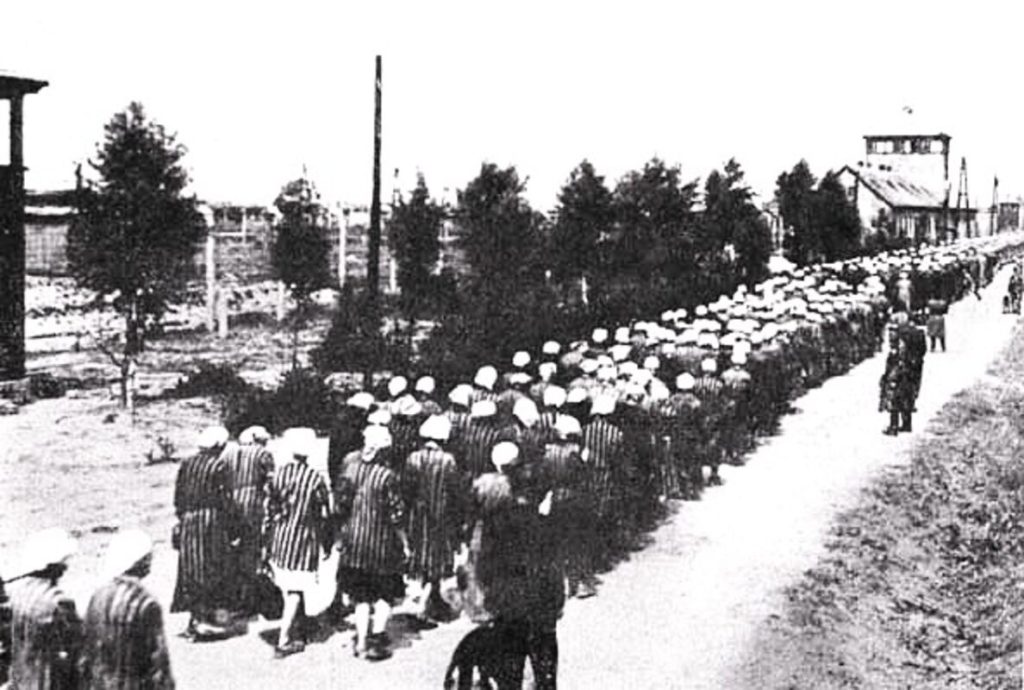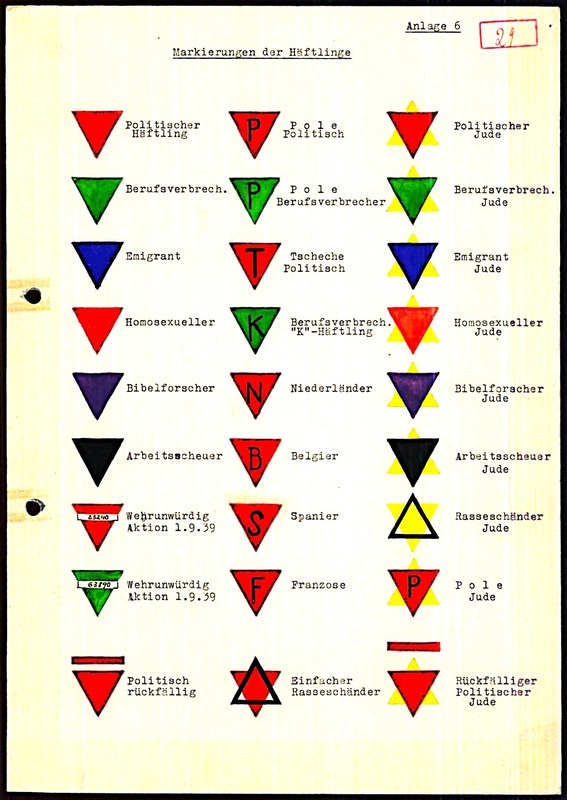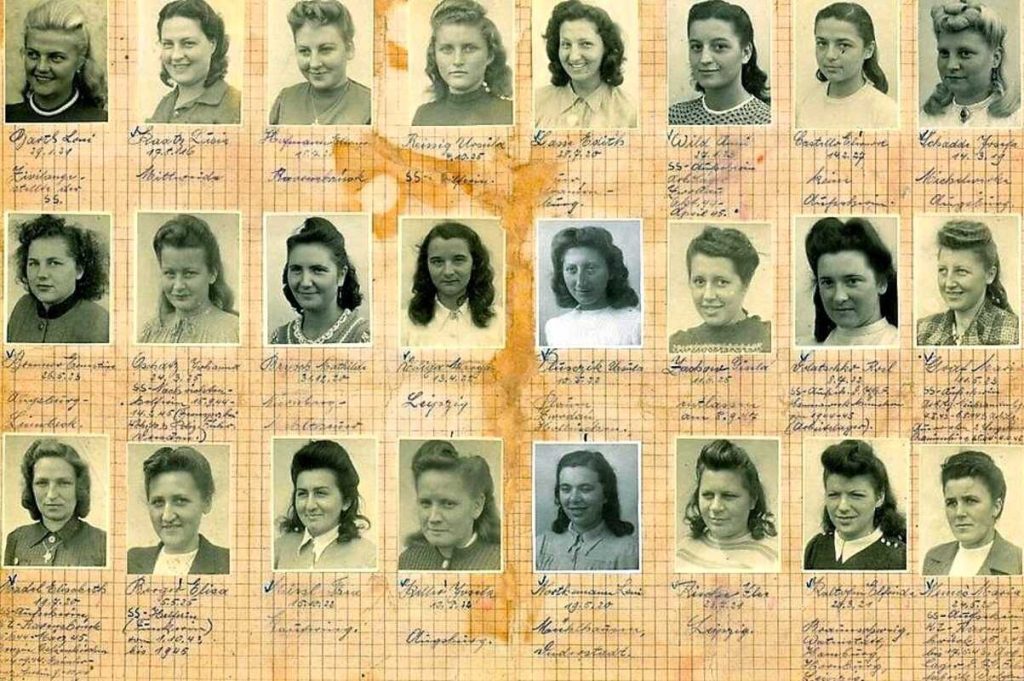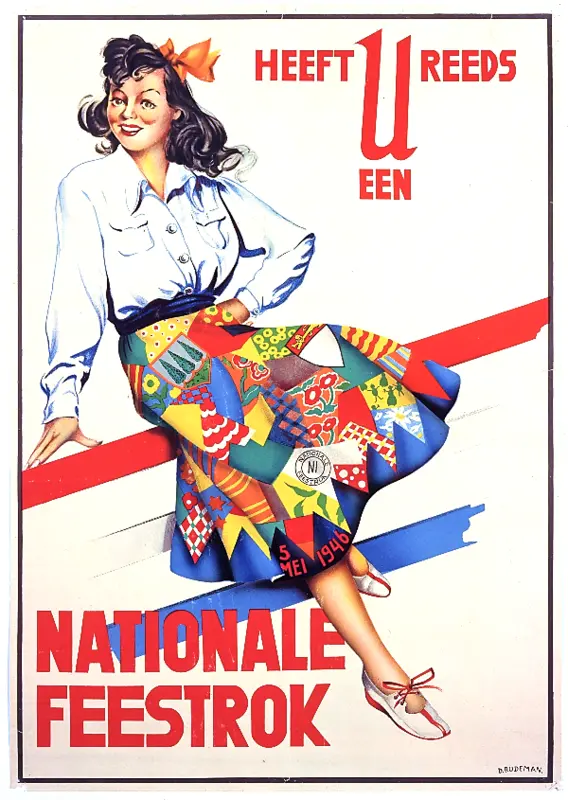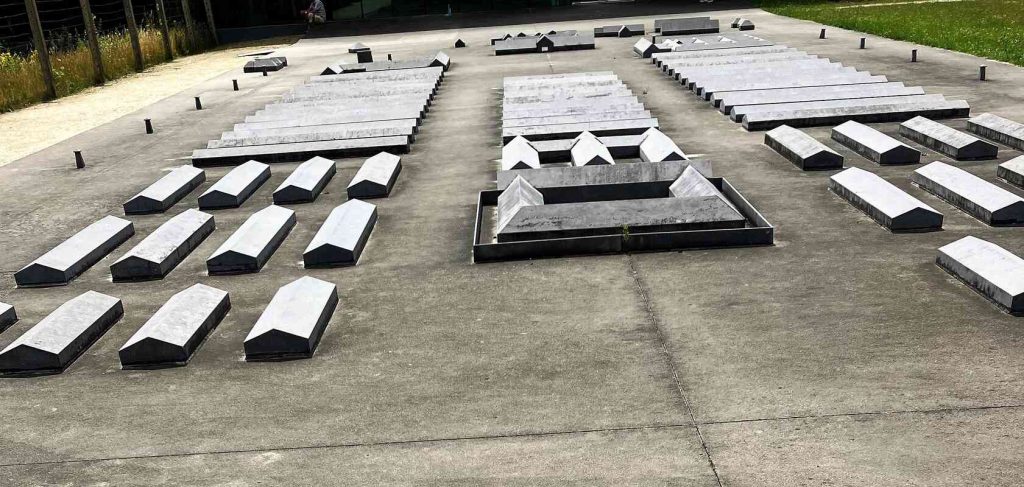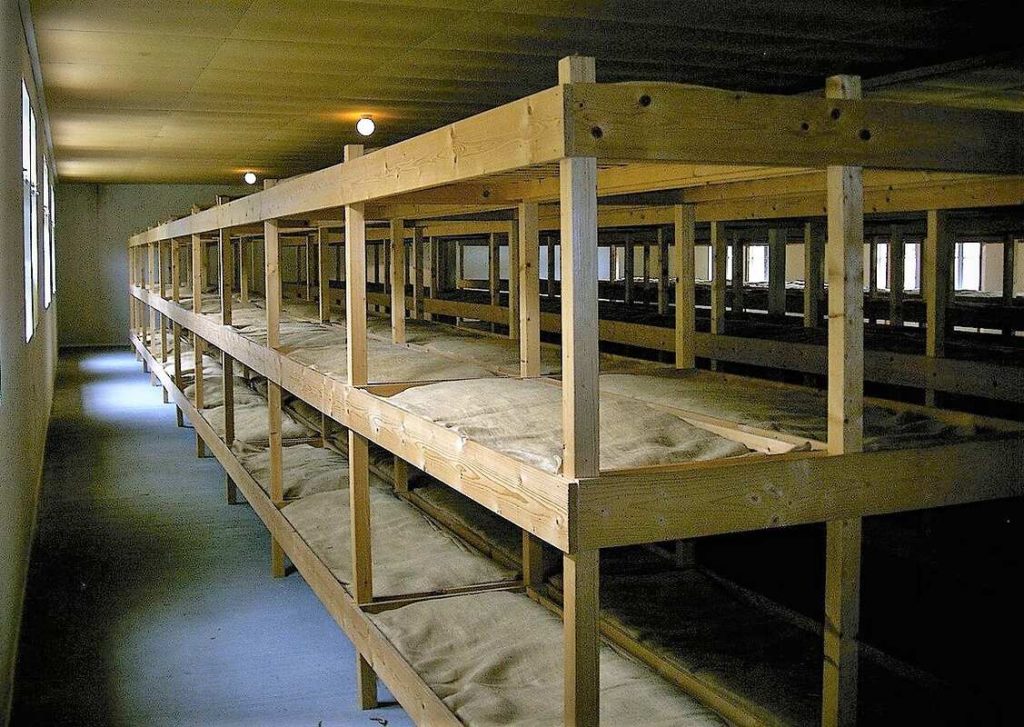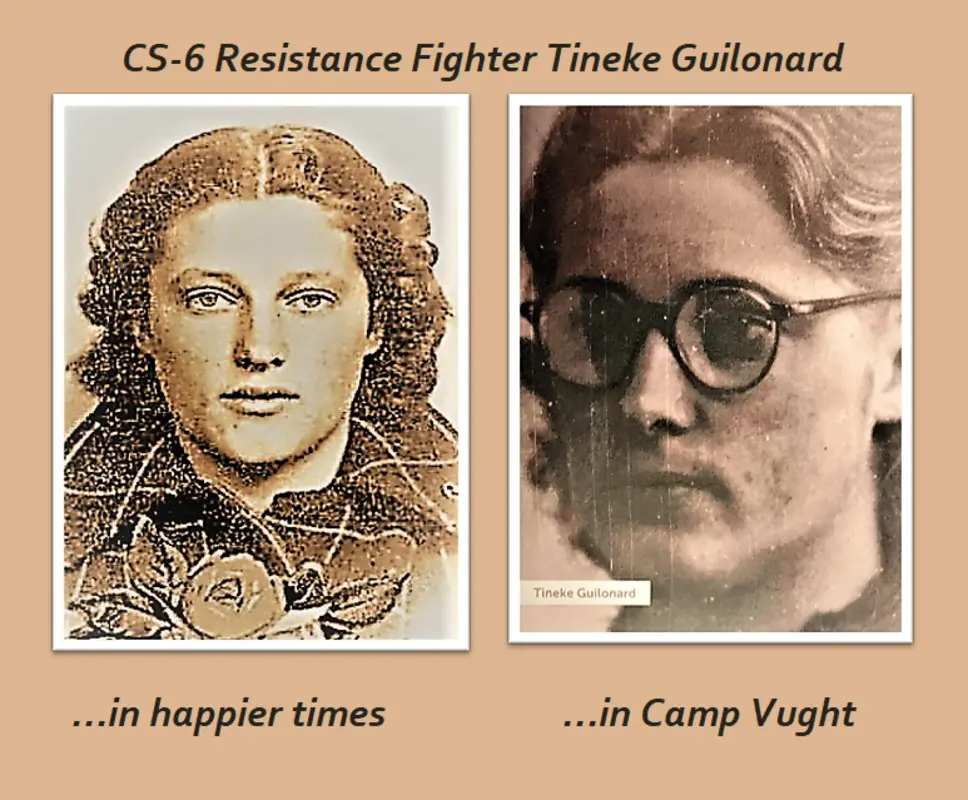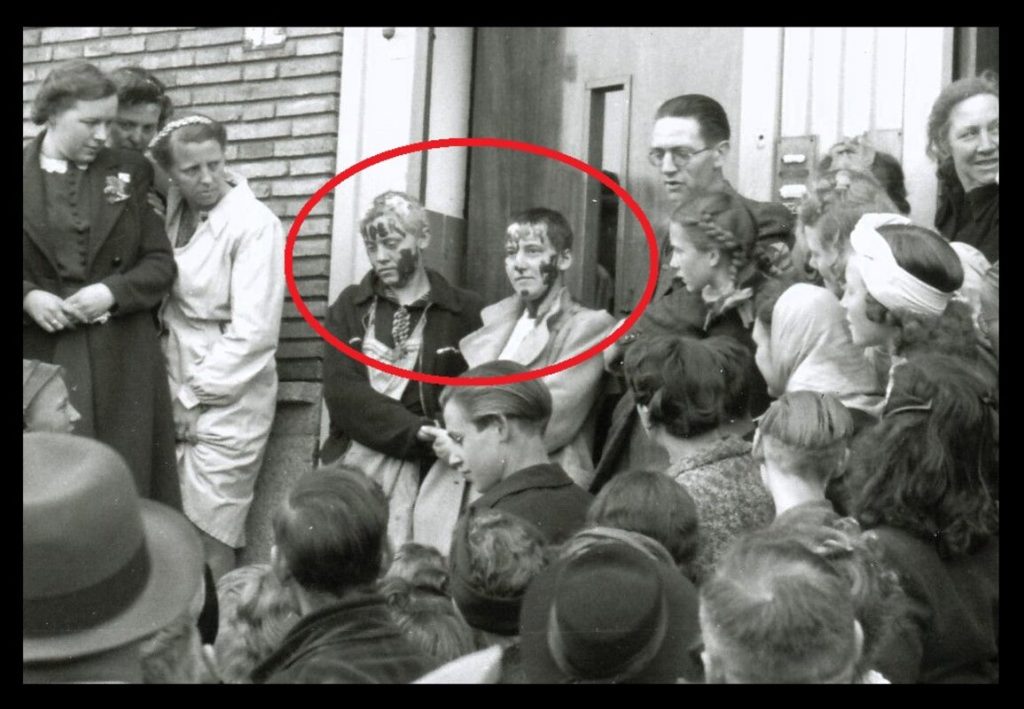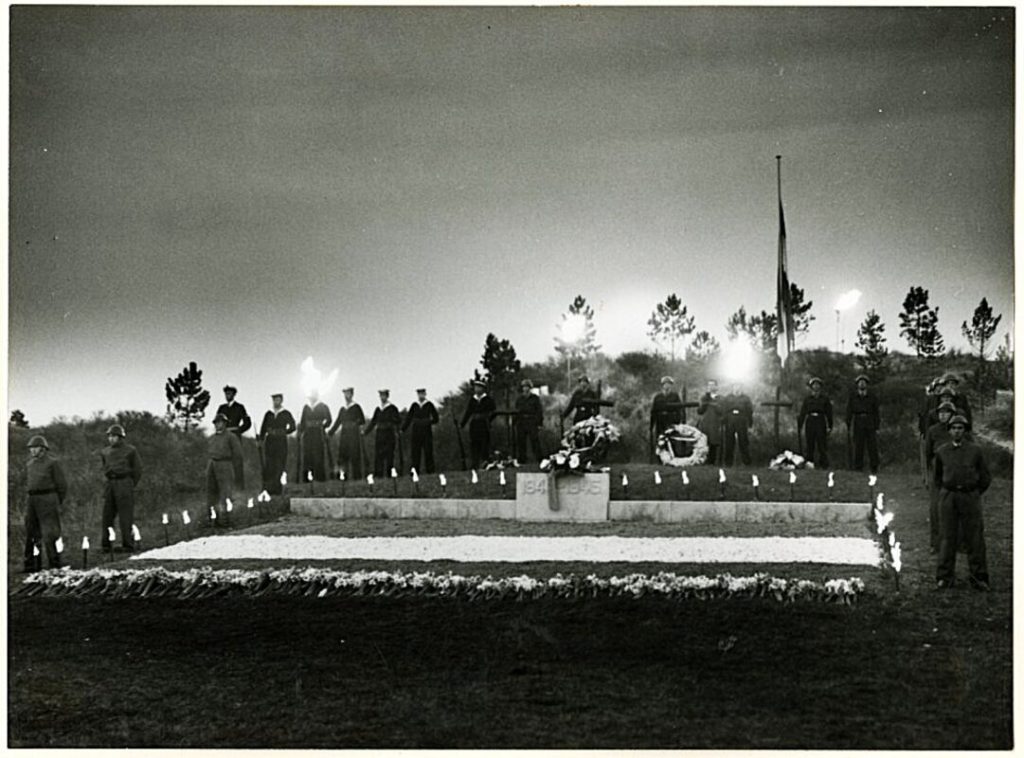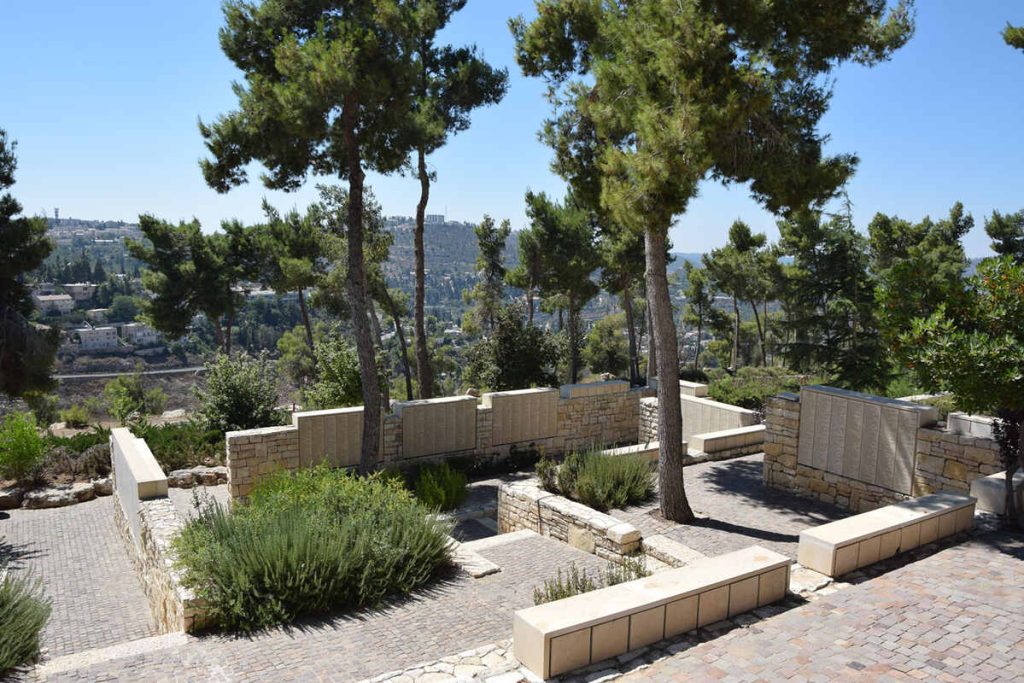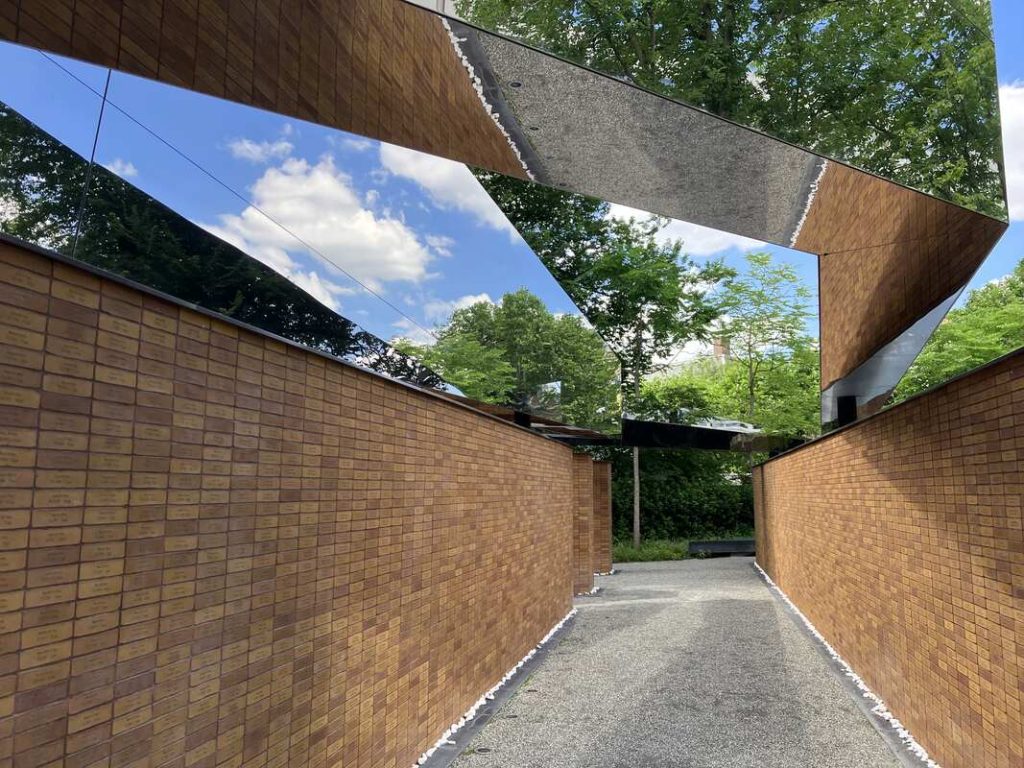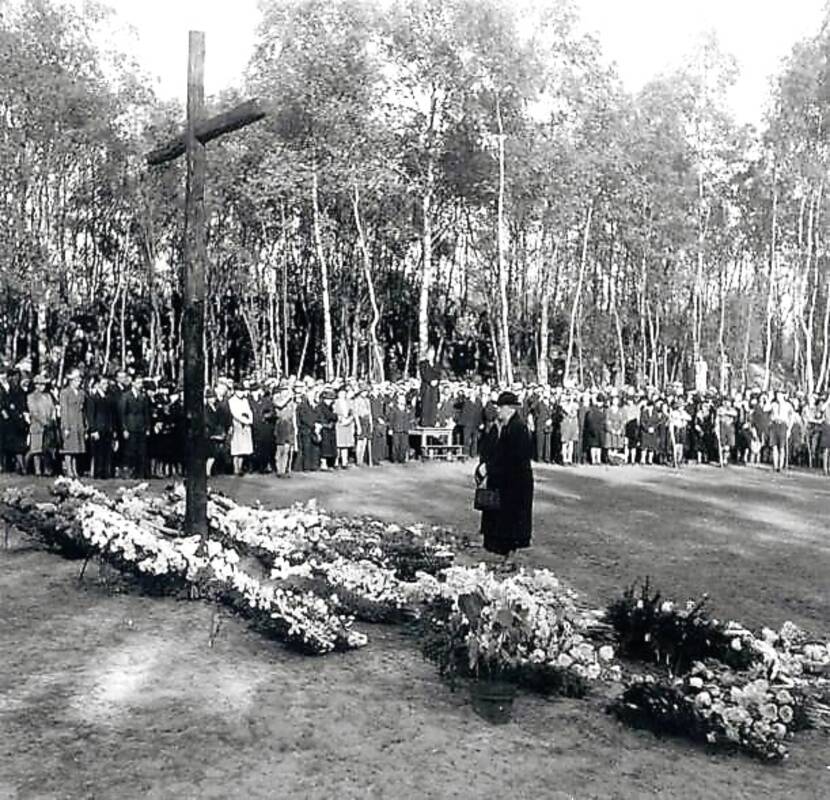DÉDÉE– After the War
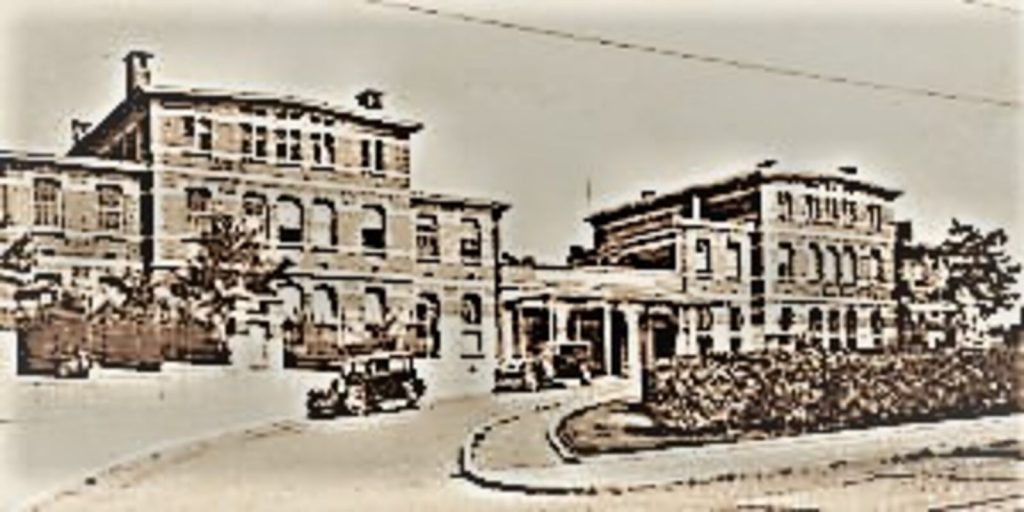
Unknown photographer
The Brugmann Hospital in Laeken (northeast of Brussels) was the hospital where Andrée de Jongh recuperated from the prisons as well as Ravensbrück and Mauthausen. She had been taken there after she had finally come home and collapsed from typhus on V.E.-Day.
This hospital was also the place where Dédée did a lot of soul-searching; first, she met an equally sick Jean-François Nothomb who had taken over as the leader of the Comet Line when she got arrested. Dédée nearly married him, yet the attraction was more spiritual; he would become a priest, and she would convert to Christianity just like her father had done right before he was executed.
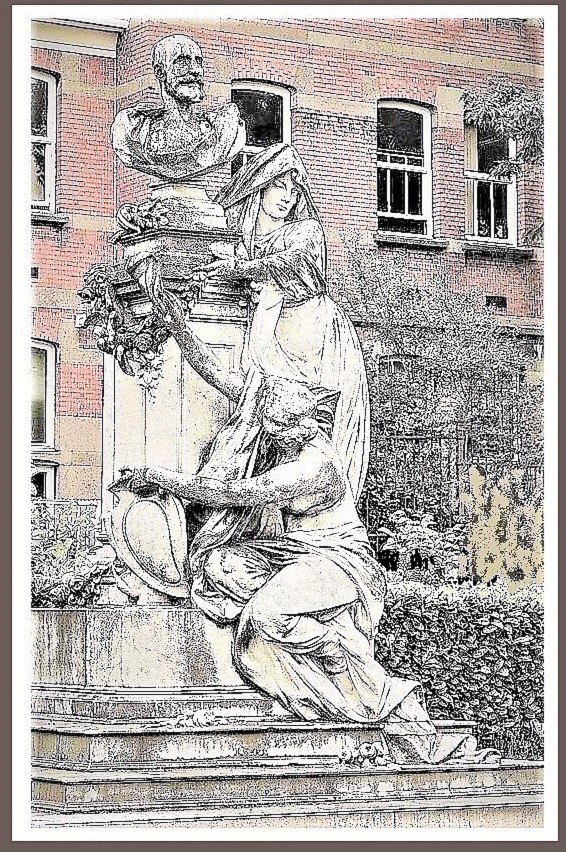
Second, at the foot of the bizarre statue she and her mother see as a metaphor for the role of women during the war, Dédée made up her mind that she wanted to become a nurse. She would, working in leper colonies in Africa for most of her life.
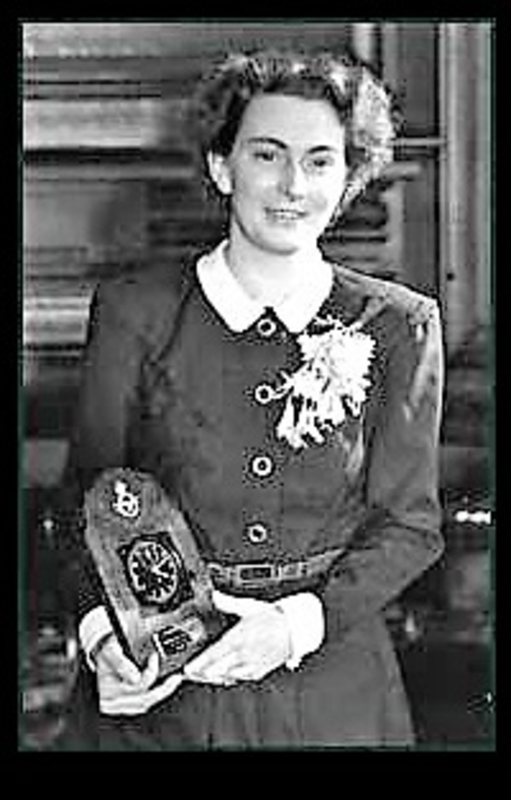
After the war, she was one of the few women who received recognition; she was honored by the American, French, and British government, and in Belgium, the title of “countess” was bestowed upon her. She waved off the attention and strived instead for a purposeful sort of invisibility. She did enjoy receiving the King George VI medal; she took her mother to meet the British king and queen as well as the many British pilots whose lives she had saved. See: https://www.youtube.com/watch?v=wOWckmXuHWQ

Designed by Dédée
Andrée de Jongh’s unassuming, humble, and pure personality in contrast to the danger-filled track across the Pyrenees patrolled by evil Nazis may have contributed to her legend. A veritable fan club took shape after the war, and for the longest time annual Comet Line hikes and clubs were active. While not involved much with them due to her work in Africa, she designed the Comet Line Emblem.
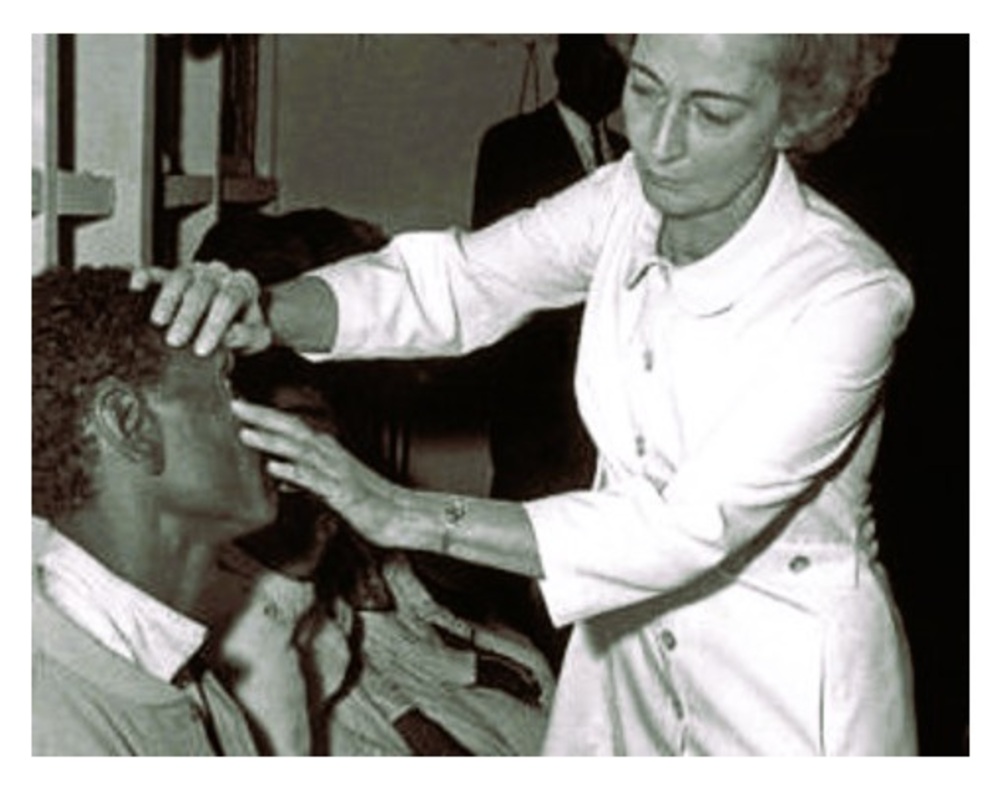
Unknown photographer
After obtaining her degree as a nurse, Andrée de Jongh spend the next 28 years with Thérèse de Wael nursing lepers in the Congo and Ethiopia. When epilepsy and near-blindness caused her health to deteriorate, Andrée de Jongh and Thérèse de Wael moved into a condominium in Brussels together. Later, they lived at a nursing home for war veterans, called the “National Institute for the Disabled of the War” at # 36 on Avenue Achille Reisdorff in Uccle, a suburb of Brussels. After Dédée died in 2007, a commemorative plaque was affixed to her beloved childhood home at #73 Avenue Émile Verhaeren in Schaerbeek, Brussels.
Fact or Fiction: While Dédée’s dialogues and inner musings are made up, they are based on known facts about her parents and sister, her hobbies, volunteering, her jobs, as well as her fascination with cartoon character Tintin, pilot Jean Mermoz, and WWI Resistance heroes Gabrielle Petit and Edith Cavell.
similar galleries
discover
JOIN MY NEWSLETTER
To receive announcements about new blogs, images, essays, lectures, and novels, please sign up.




